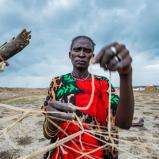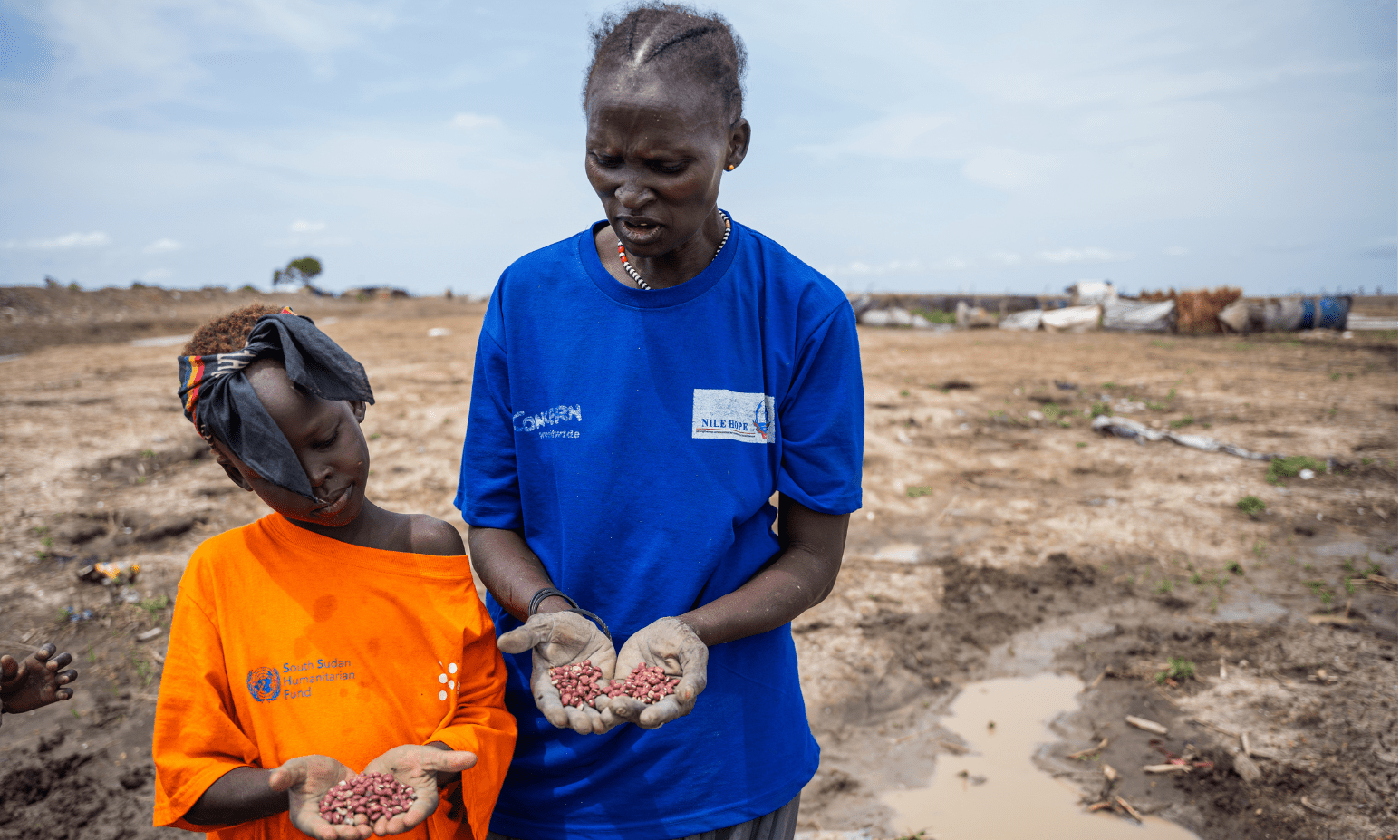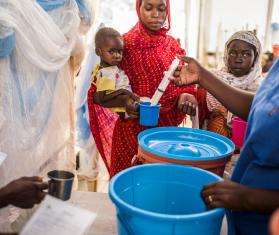NEW YORK/JUBA, July 23, 2024 — Devastating floods are expected to hit South Sudan over the next three months, threatening to worsen food insecurity and further limit access to safe water and proper sanitation facilities for people who are already among the world’s most vulnerable to the impacts of climate change, said Doctors Without Borders/Médecins Sans Frontières (MSF).
South Sudan ranks seventh in the world for people’s vulnerability to river floods. Between 2019 and 2022, torrential rains and rising water levels around Lake Victoria, one of Africa’s Great Lakes, generated a wide swampy area of flooding in the country. Frequent floods in recent years have destroyed health facilities, water and food sources, and shelters.
This year, more 5.4 million people are expected to live in flood-affected areas. Recent forecasts indicate an increased likelihood of above-normal rainfall between July to October and large volumes of water being released from Lake Victoria and Jinja dam into the Nile River system. These factors could cause flooding on a scale unprecedented in the last century.
“The predicted increase in rainfall in 2024 is very concerning given the number of people at risk in flood-prone areas; threats to water, sanitation, and hygiene (WASH); and the risk of water- and vector-borne disease transmission,” said Joe Aumuller, MSF epidemiologist activity manager.
The expected severe flooding will likely force people to flee their homes, reduce the availability of crops and livestock needed for proper nutrition, disrupt aid delivery, and increase the chances of disease outbreaks like hepatitis E, which has become endemic in some places in South Sudan.

How climate change affects the lives of displaced mothers in South Sudan
Read moreRefugees and returnees fleeing the war in Sudan—now over 740,000—are joining nearly two million internally displaced people in South Sudan, while access to health, nutrition, and WASH services is becoming less accessible due to drastic cuts to aid budgets and significant underfunding for the humanitarian response. Not having access to clean water can fuel the spread of waterborne diseases, and stagnant water is a breeding ground for mosquito-borne diseases like malaria. During the floods of 2021 and 2022, MSF reported a surge in diarrhea cases among children under five in Bentiu camp for internally displaced people. Cases rose from 2,300 in 2020 to an average of 5,200 during 2021 and 2022, then decreased to 2,400 in 2023 as flooding began to subside.
“This year’s predictions are particularly concerning for those in internally displaced people’s camps or transit centers where people are living in overcrowded conditions,” Aumuller said.
In photos: The health effects of climate change in Old Fangak
Read moreSubmersed land also means that people are unable to grow crops, and their livestock can’t graze. Hunger and malnutrition are already on the rise in South Sudan's flood, drought, and conflict-affected areas, with populations at risk of starving if climate adaption measures are not implemented. According to a nutritional screening done by the Rubkona County Health Department—when Bentiu is located—nearly 19 percent of children under five screened in June 2024 were found to be acutely malnourished, with 6 percent suffering from severe acute malnutrition. The combined threshold for moderate and severe acute malnutrition—the Global Acute Malnutrition rate—that signals the need for urgent action is 14.1 percent, highlighting a severe nutritional emergency in this flood-affected area. Malnutrition can weaken a child’s immune system as well as harm their long-term health and development.
Leaders and additional humanitarian organizations must take immediate action to help protect the people from the devastating effects of floods by making sure water, health, and education systems in South Sudan are more resistant to climate change and can adapt to stronger and more frequent extreme weather events.




